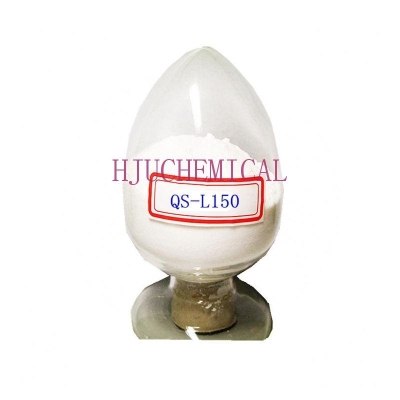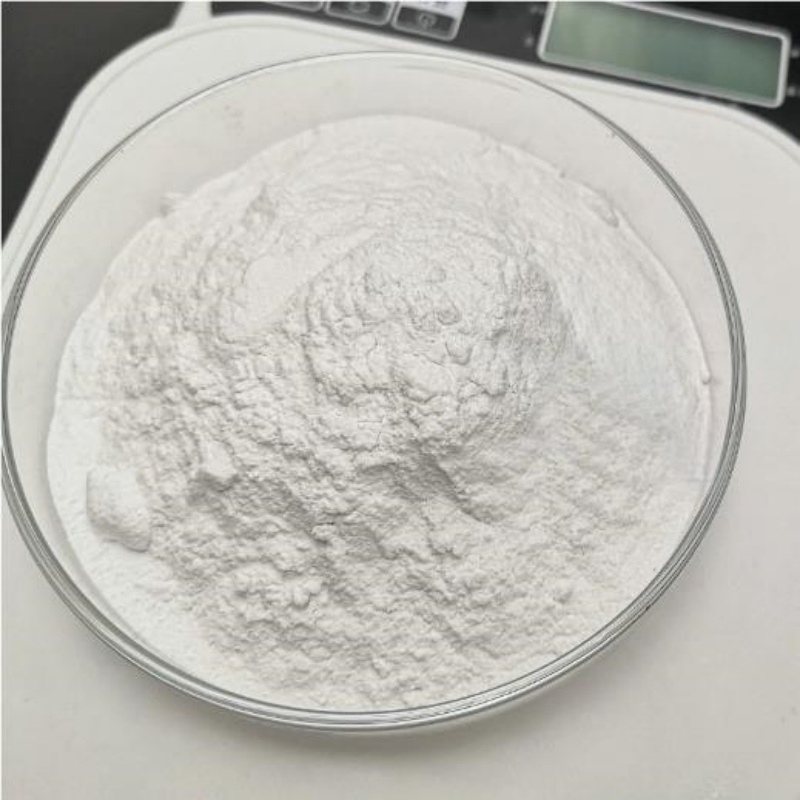-
Categories
-
Pharmaceutical Intermediates
-
Active Pharmaceutical Ingredients
-
Food Additives
- Industrial Coatings
- Agrochemicals
- Dyes and Pigments
- Surfactant
- Flavors and Fragrances
- Chemical Reagents
- Catalyst and Auxiliary
- Natural Products
- Inorganic Chemistry
-
Organic Chemistry
-
Biochemical Engineering
- Analytical Chemistry
-
Cosmetic Ingredient
- Water Treatment Chemical
-
Pharmaceutical Intermediates
Promotion
ECHEMI Mall
Wholesale
Weekly Price
Exhibition
News
-
Trade Service
Researchers at the University of Texas have developed a new carbon capture technology that is currently being delivered to multinational Honeywell, which said on Dec.
15 that it plans to commercialize and roll out the technology around the world
.
The university's Texas Carbon Management Program licensed its patented advanced solvent solution to Honeywell, which said it would roll out the solution to power utilities and steel, cement and other hard-to-abate heavy industries
.
The technology uses a patented amine-based solvent that the university says could reduce the cost of carbon capture by capturing emissions from combustion flue gases
.
The technology absorbs carbon dioxide into an amine-based solvent at a point source, then strips the carbon dioxide from the solvent and compresses it for geological storage or other uses
.
Honeywell said the lower cost is based on comparing the technology's capital and operating costs to other solvent-based technologies, taking into account carbon capture tax credits
.
Under Section 45Q of the U.
S.
tax code, projects that capture carbon for permanent storage receive a tax credit of $50/tonne, while UK and European carbon capture projects receive an average of $60/tonne
.
Honeywell said the advanced solvent carbon capture technology applied to the 650 MW power plant could capture about 3.
4 million tons of carbon dioxide per year
.
Gary Rochelle, a professor of chemical engineering at MIT, said: "We are thrilled that our decades of research into carbon capture technologies have resulted in significant reductions in carbon emissions
.
The licensing agreement with Honeywell allows us to commercially expand this A major contribution to a large-scale, zero-emission effort to combat global warming and reduce pollutants in surrounding communities
.
"
Carbon capture using chemisorption is one of the most widely used capture technologies worldwide and is used in many small and large-scale projects
.
According to the International Energy Agency, chemisorption using amine solvents is "the most advanced CO2 separation technology"
.
There are seven other major CO2 capture technologies, although most of them are in the demonstration or pre-commercial stage, the agency said
.
A second popular capture technique uses physical separation techniques, where carbon is absorbed to the surface and then released by increasing temperature or pressure
.
According to the agency, this method is mainly used in natural gas processing plants and ethanol, methanol and hydrogen production
.
Nine commercial plants worldwide use physical separation technology
.







